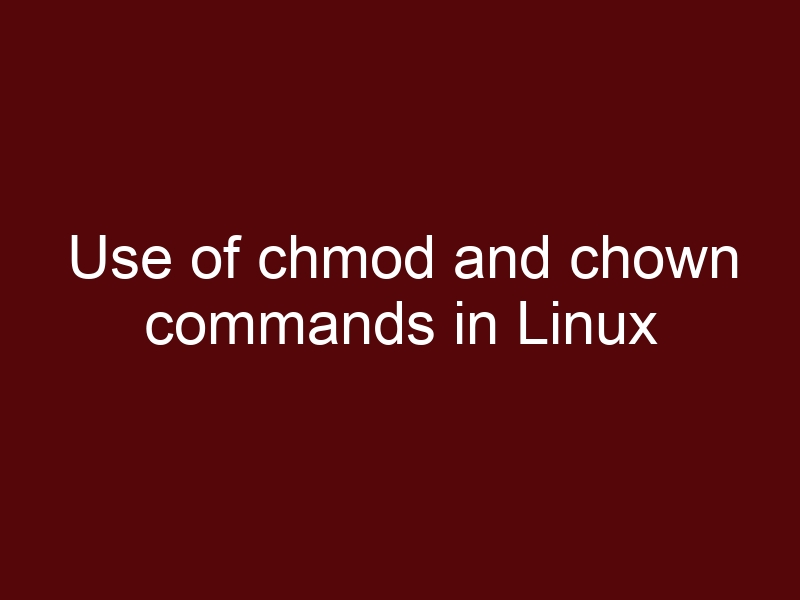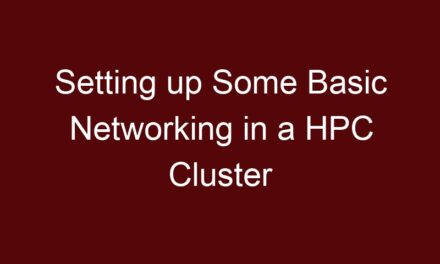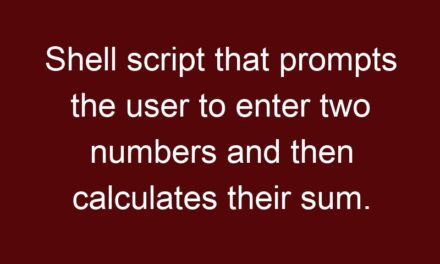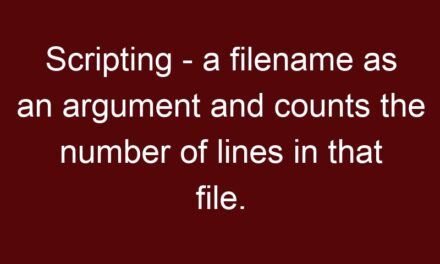In Linux, both the chmod and chown commands are used to manage file and directory permissions and ownership. They are essential for controlling access to files and directories by users and groups. Here’s an explanation of their uses along with examples:
chmod Command:
The chmod command is used to change the permissions (read, write, execute) of files and directories. Permissions are set for three categories: owner, group, and others.
The permission modes are represented by three characters each for read (r), write (w), and execute (x). The permission modes are:
- r (read): Allows viewing the content of the file or directory.
- w (write): Allows modifying the content of the file or creating/deleting files in the directory.
- x (execute): Allows executing the file or accessing files within the directory.
Examples:
- To give the owner read and write permissions, and the group and others read-only permissions to a file named
example.txt:
chmod u=rw,go=r example.txt- To give the owner execute permission, the group read and execute permissions, and others no permissions to a script named
script.sh:
chmod u=x,go=rx script.sh- To make a file executable by all users:
chmod +x filename- To remove write permission for others on a directory named
data:
chmod o-w datachown Command:
The chown command is used to change the ownership of files and directories. You can change both the owner and the group associated with the file or directory.
Examples:
- To change the owner of a file named
file.txtto the userjohn:
chown john file.txt- To change both the owner and group of a directory named
folderto the useraliceand the groupstaff:
chown alice:staff folder- To recursively change the owner and group of all files and directories within a directory named
data:
chown -R alice:staff data- To change only the group of a file named
file.txtto the groupdevelopers:
chown :developers file.txtIt’s important to use these commands with caution, as improper permissions or ownership changes can potentially disrupt system functionality and security. Always make sure to understand the implications of your changes before applying them.





